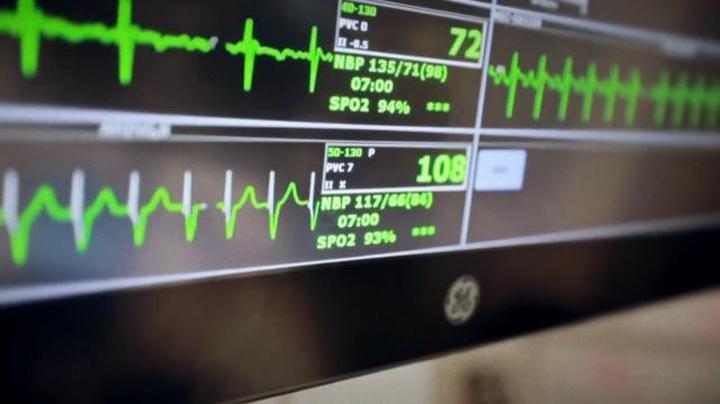Join the discussion on this paper page.



Generative artificial intelligence technology such as ChatGPT could boost productivity for many workers in the years ahead. But some people are likely to lose their jobs in the process.
That’s according to Sam Altman, the CEO of OpenAI, the company behind ChatGPT. Altman said in June that AI’s development could provide the “most tremendous leap forward” for people’s quality of life. But he also said in March it’d be “crazy not to be a little afraid of AI” and its potential to create” disinformation problems or economic shocks.”



A meteor has exploded over the Atlantic Ocean with the force of the atomic bomb dropped on Hiroshima. It’s one of the ways that civilisation as we know it could end, with an asteroid impact sending the human race the way of the dinosaurs. It’s a terrifying prospect, and the film Don’t Look Up with Jennifer Lawrence and Leonardo DiCaprio really didn’t help matter with its demonstration of the paralysis and greed which could doom humanity.

It’s surprisingly reassuring. Aside from “breathing”, “sleeping”, and “putting on Troy McClure’s accent every time you say his name”, I reckon panicking about death is one of the most universal human experiences. Obviously, part of the problem of wondering what happens when you die is that nobody with any real qualifications can answer you.


This has been announced by Pulsar Fusion, the company responsible for its manufacture. The name Pulsar Fusion may not be familiar to most people, but it may soon achieve an unprecedented milestone in the world of nuclear fusion. Although there are many steps to take, Pulsar Fusion has been working since 2013 to achieve a rocket that breaks all known barriers to date.

